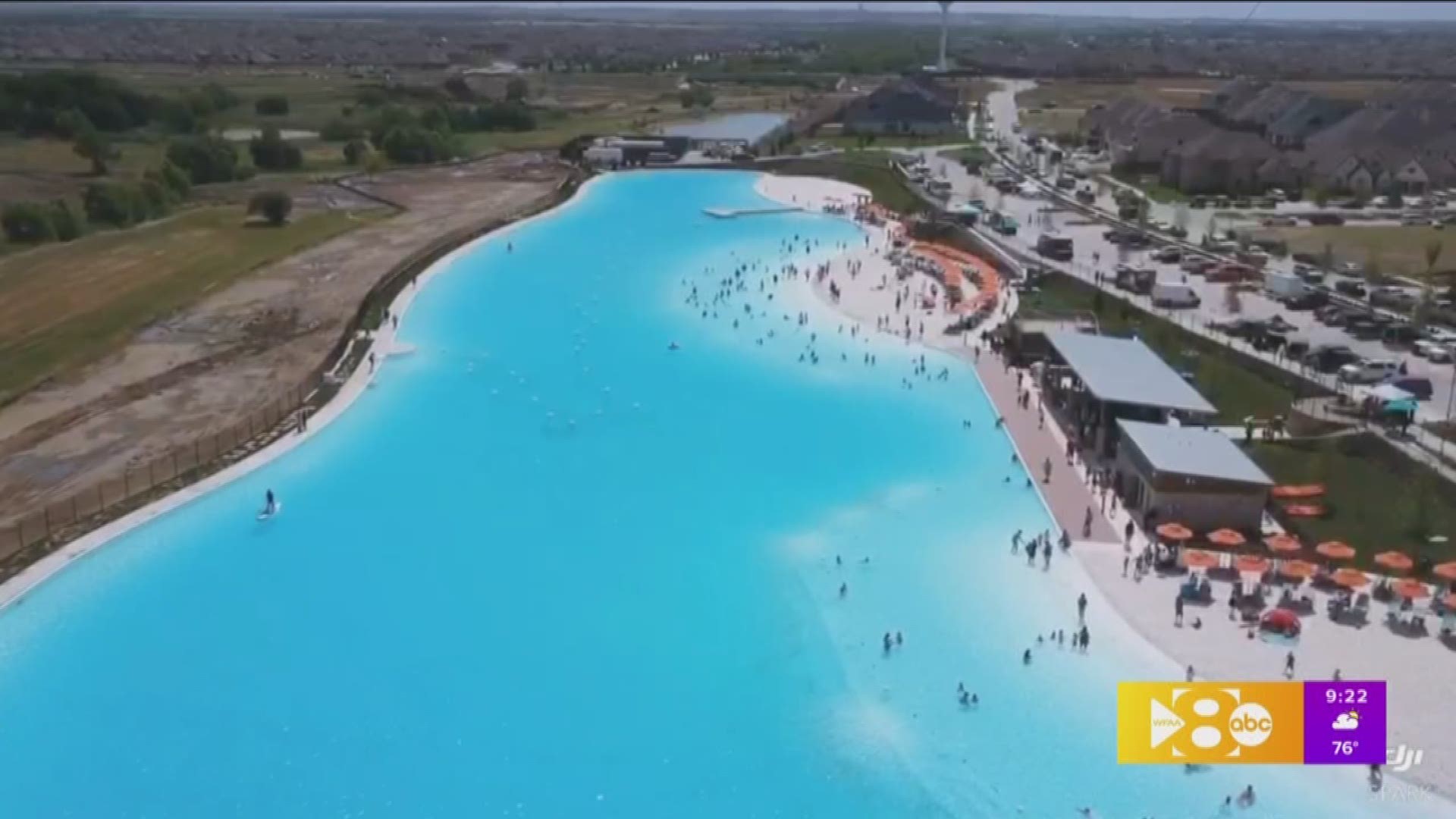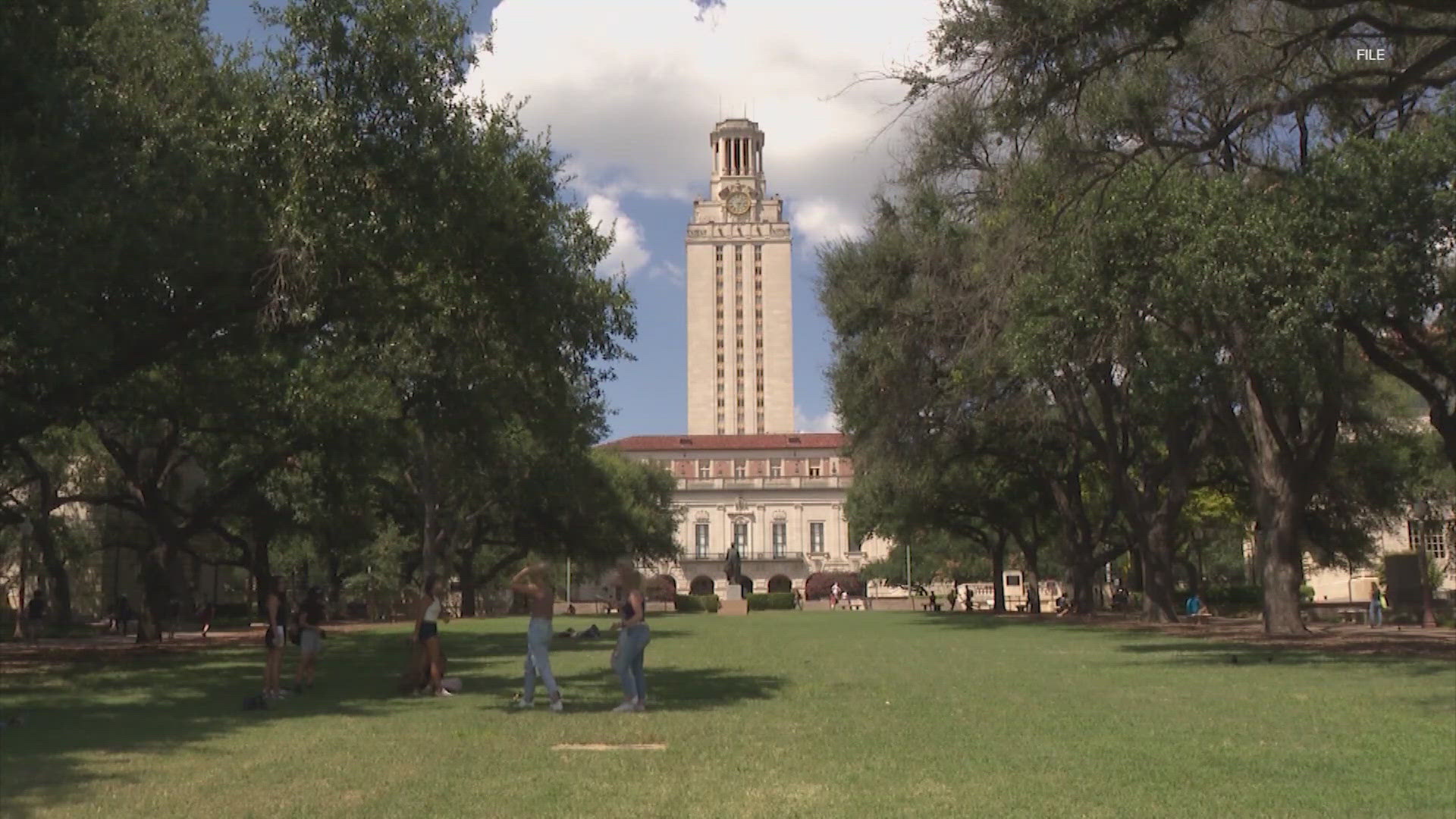Crystal Lagoons, the large, aquatic amenities being incorporated into master-planned communities across Texas and the U.S., are surfing a wave of popularity. But are the man-made lagoons a fad, or will they add long-lasting value to the residential communities and the homes that surround them?
The first Crystal Lagoon in North Texas opened to the residents of Windsong Ranch in Prosper last month. The 10-million-gallon, clear-blue lagoon spans five acres in the 2,030-acre master-planned community and is surrounded by 2,600-tons of sand. You can see that lagoon by clicking here.
The company called Crystal Lagoons, with U.S. headquarters in Dallas and Miami, has more than 110 lagoons in different stages of development or negotiation underway across the nation, including 30 in Texas, according to Lisa Moore, regional director of Crystal Lagoons.
The company opened its first lagoon in Texas near Humble in August and expects the Lone Star State to be its top market in three years, Moore tells the Dallas Business Journal. Worldwide, more than 600 urban, suburban, hospitality, public and industrial lagoons have been completed, started or planned by Crystal Lagoons, she said.
Plans for several mixed-use developments featuring a lagoon are in the works in the DFW area, Moore said.
Dallas-based Trez Capital financed both the first and largest Crystal Lagoon amenities in Texas, both of which are in Houston. The lender also is financing the redevelopment of Collin Creek Mall, which is one of the North Texas projects in which a lagoon is planned.
In the interview that follows, John Hutchinson, president of Trez Capital for the central and southwestern U.S., tells the DBJ why he thinks lagoons hold water from a financial perspective.
Why are Crystal Lagoons so hot right now?
To us in the United States and in Texas, the Crystal Lagoon is a new thing. They’ve really been building them around the world for about 20 years. It was late coming here (the U.S.) because of regulatory problems. They had some issues with what was it? Was it a swimming pool? Well, if it’s a swimming pool, you have to add chlorine and do all these things. It took a while to convince the government that it didn’t require chlorine, that the technology is such that it keeps the water safe and clean without using a lot of chemicals. Now it’s come into the U.S. in a big way.
What’s the key to making a lagoon work, financially, for developers?
There’s only so many that are going to be built because you have to have a big community to support it. You’ve got to be able to spread the cost around.
How much do these lagoons cost, ballpark?
They cost $1 million or $1.5 million an acre, I believe. They’re not cheap. They do have costs to run them, but it’s not quite as expensive as you might think. Based on what I’ve heard, the (homeowner’s association) dues in Windsong are probably $50 a month higher than they would have been without the Crystal Lagoon. But I believe that people will be willing to pay for it because their houses should be worth more, and it should sell faster when they want to sell their own house.
For an expanded version of this story, click here.




